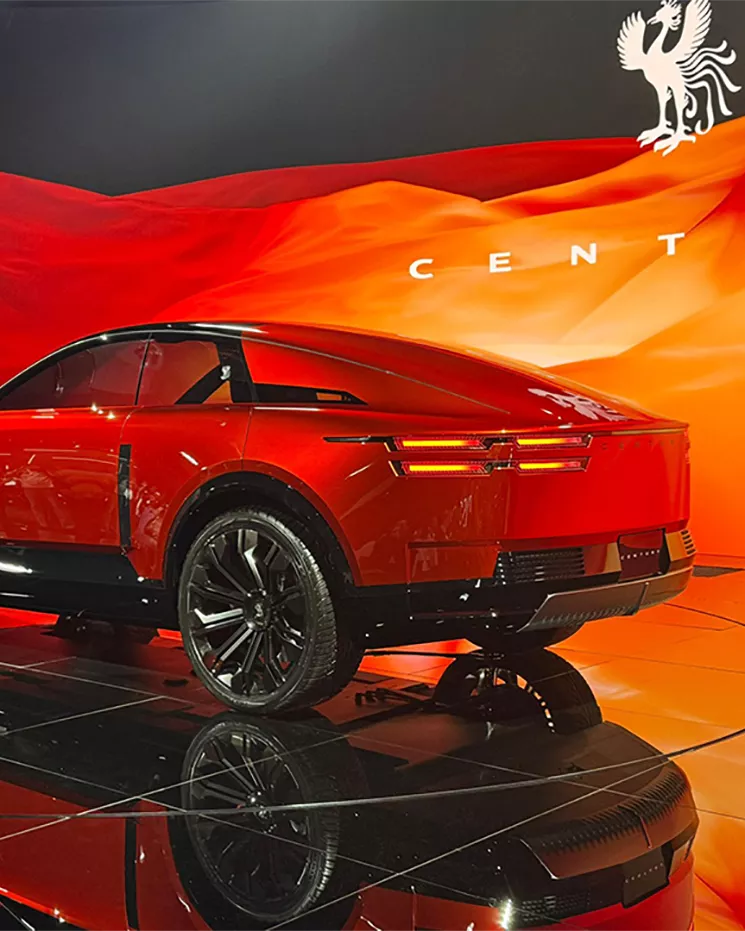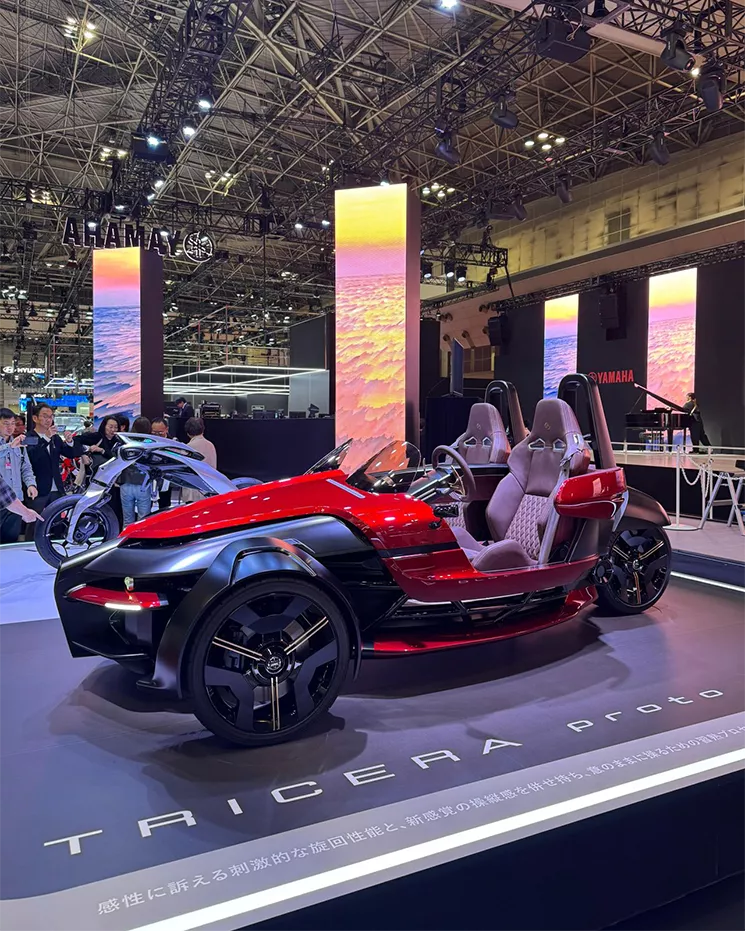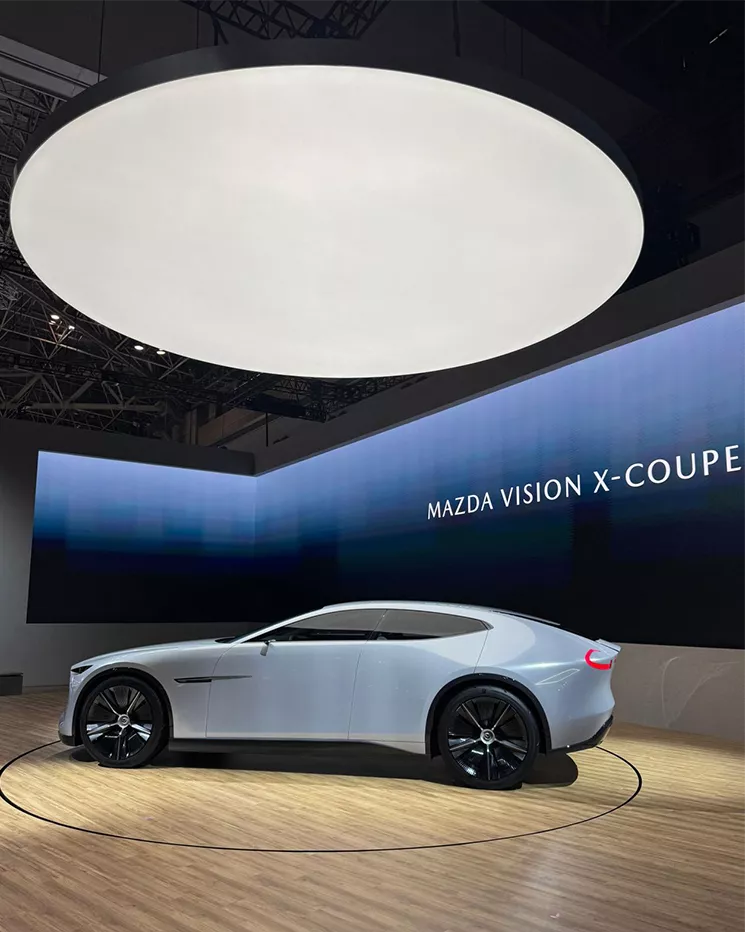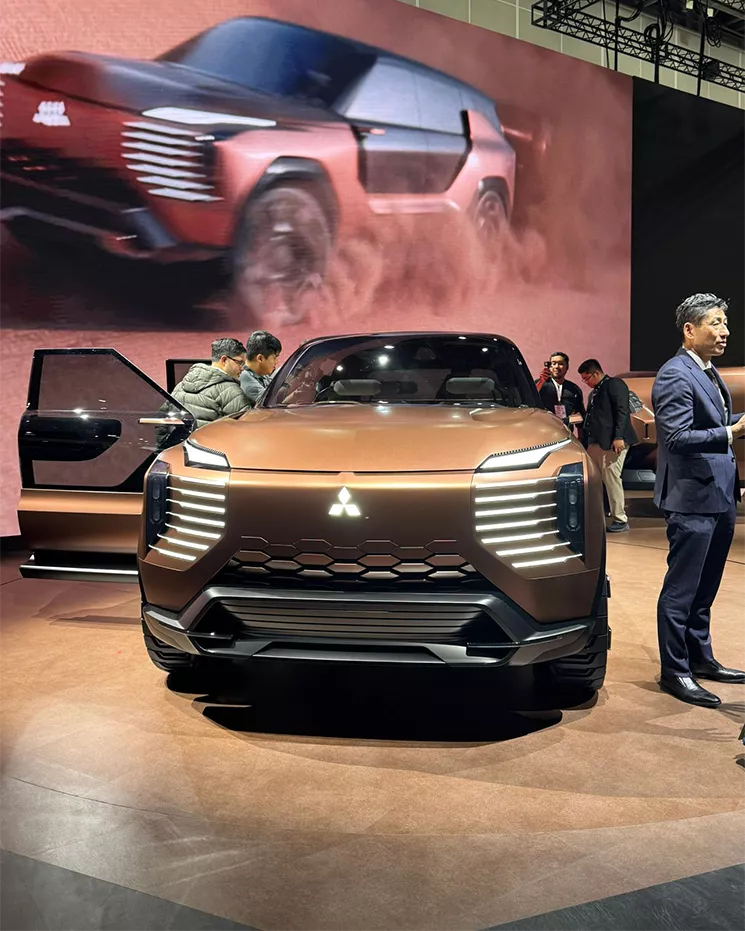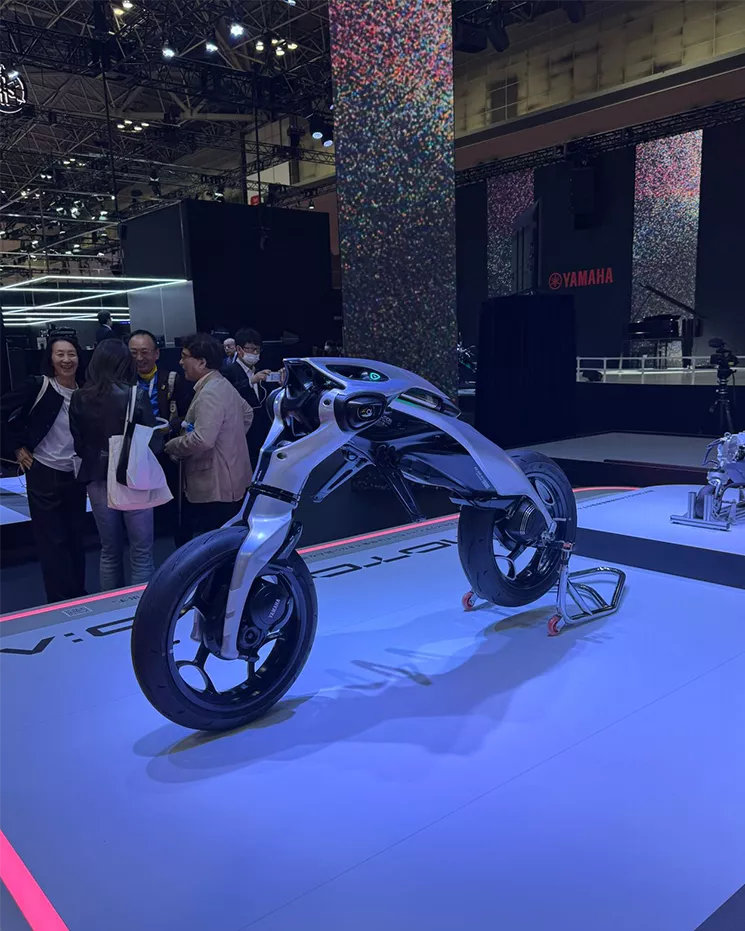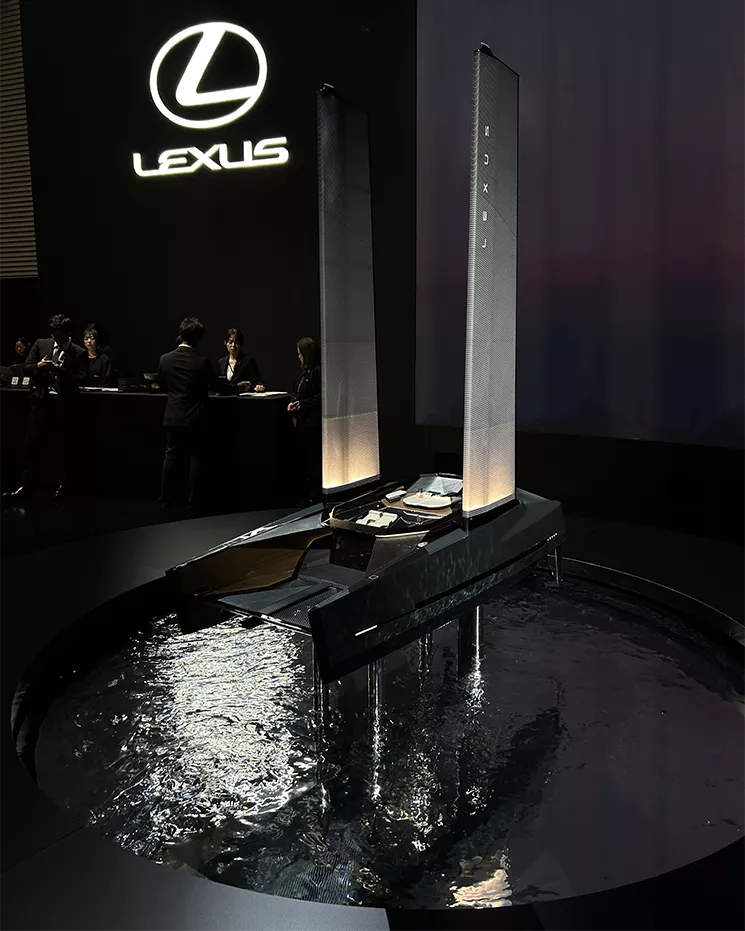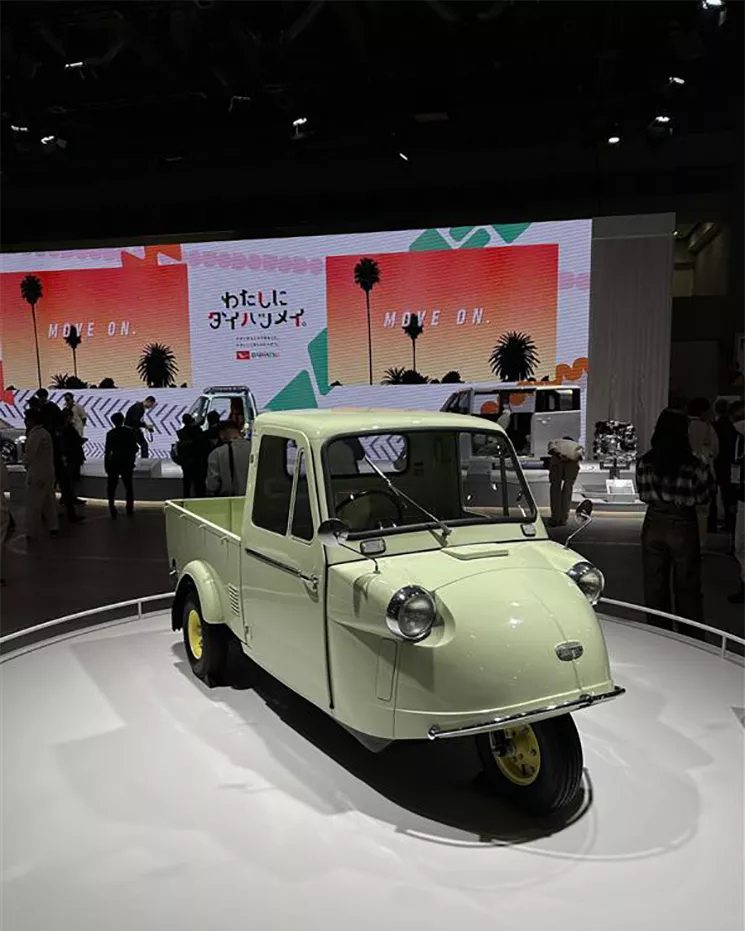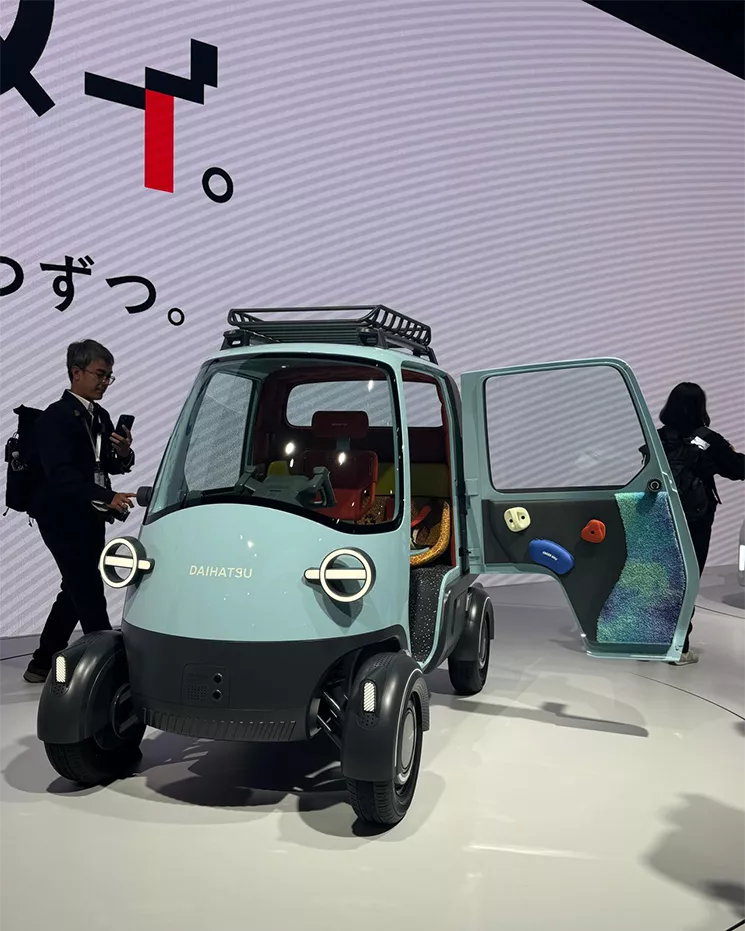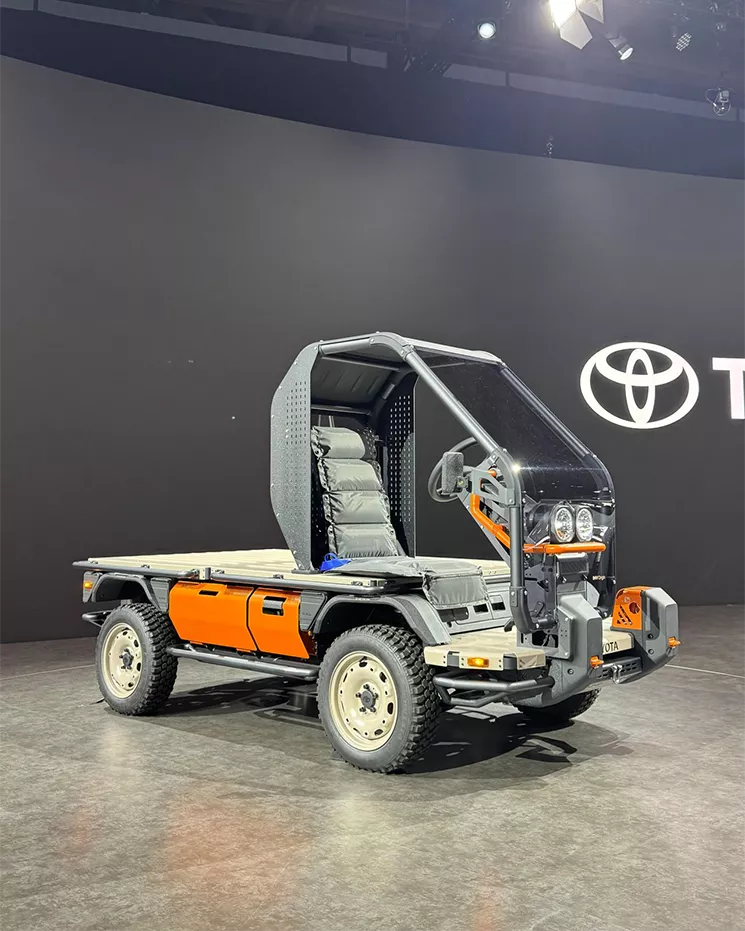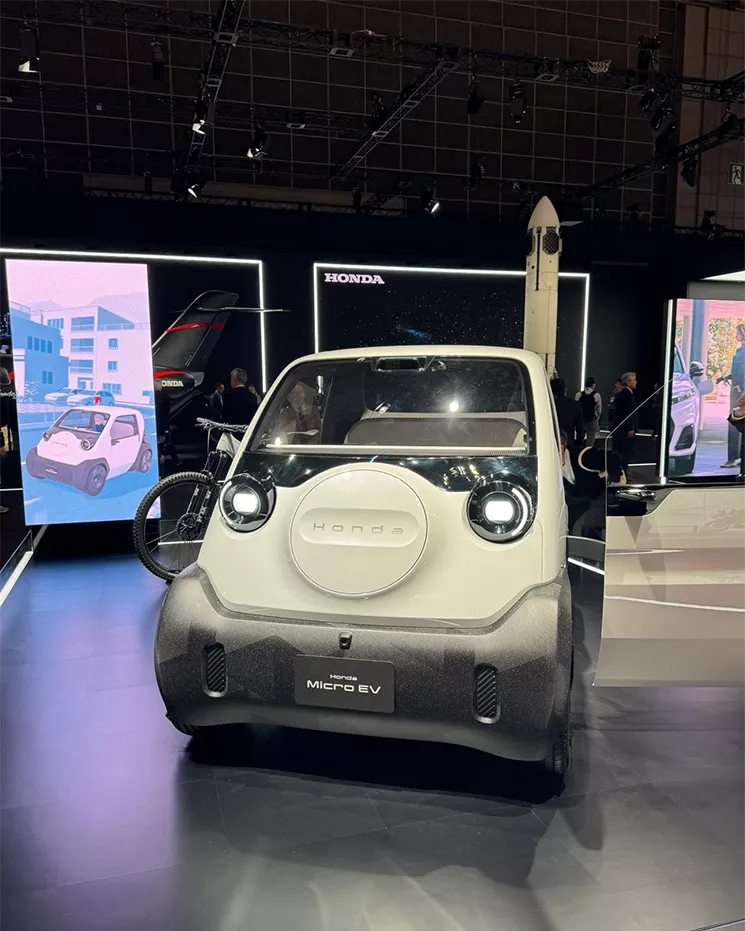Japan Mobility Show 2025: It’s Toyotas world, and we live in it
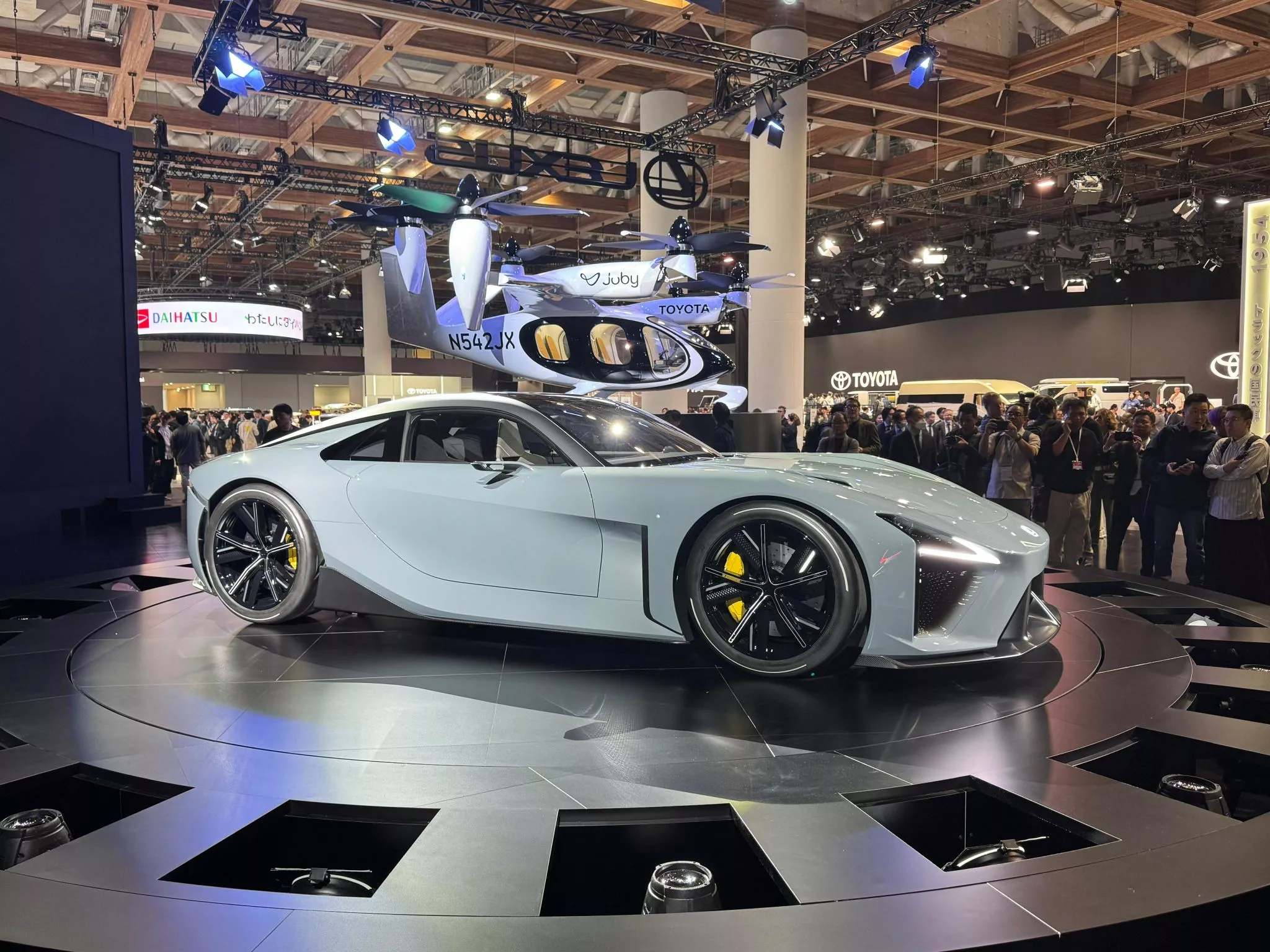
A few weeks ago, the most famous Japanese person, Shohei Ohtani, played a historic game of baseball. It was quickly and widely considered a performance for the ages and cemented his status as the currently best baseball player in the world.
Why am I telling you this? Because that is exactly how it felt when you entered the hall of Toyota at this year’s Japan Mobility Show. While Toyota is playing chess, everyone else at the show (and quite frankly in the world) is somewhat playing checkers.
An overlooked catalyst in mobility design
The former Tokyo Motor Show has been my favourite show on the calendar. It’s always been quirky, it’s often courageous, and widely underrated. It deserves (similar to the IAA MOBILITY in Munich) a bigger stage and more exhibitors. And despite all these positives, the press coverage, especially from our design news outlets, about this show has been extremely disappointing. For a show that is design-wise much more influential than, let’s say, Shanghai, Beijing, or Los Angeles of the past 2 years, it is a shame that our profession seems to have forgotten about it. The same we can argue about various OEMs not being present, and I don’t mean with stands but simply not attending the show to look for trends and directions.
Every brand shone, and Toyota blazed
The Japanese companies have come out all guns blazing once again. Toyota led the pack with a whooping 13 concepts, ranging from little driving robots for kids (super cool!) to drones and houses. Oh and yeah, they had some cars there too. It was just impressive. There is no other company in the world that I currently see that would imagine doing something similar. And you could also say that it is allowed to do it and has the courage to do it. I would love to see Volkswagen do something similar, let alone GM or Ford. Toyota at the JMS was an absolute force of nature. What needs to be mentioned: not one of the projects shown was badly executed. Considering the sheer number of concepts, one is inclined to think that there is a downfall somewhere – but there simply wasn’t. Build quality of the vehicles was on par with what we see from the best in the world. This also shows the state of the Japanese design supplier industry that we often don’t see here in Europe.
Mazda and Honda continue their strive for simplicity in their design language, and it is especially great to see the compact vehicles making a comeback. Mazda’s Kodo design language is still at the core of the vehicle design, especially in Exterior. We now see a bit more push within Interior as well. Honda has always been quite strong in the JMS, but their booth, especially 2 years ago, had been all over the place. This year, they really showed a reduced yet clear presentation with an impressive array of vehicles – not as many as Toyota but again more than I have seen from any car manufacturer in the volume space this year (except for 1-2 Chinese manufacturers).
As great as the return of the smaller vehicles is, it does come at the expense of the Kei-cars. There were fewer than usual, and as I am a big fan of that category of cars, I was a bit disappointed. I still hope we will be able to see them at some point in Europe. The time seems right.
The best stand design to me was Nissan. I am personally a big fan of Manga, and they managed to perfectly adapt the style into a 3-dimensional environment. Very nice and enjoyable despite the recent bad news coming out of Atsugi.
A special mention, and please do forgive my ignorance on the topic, goes out to the 2-wheelers. There have been, at least to my rudimentary knowledge, some incredible bike and 2-wheeler concepts at the show. Exactly what we have been expecting from a show in Japan.
UX remains a weak spot
What, however, needs to be said after so many positives of the Japan Mobility Show and the Japanese OEMs: the in-car UX and, to a degree, also the customer experience is still poorly or, in some cases, not designed at all. Yes, Japanese OEMs have been massively lagging behind on this in the past, and the fact that there’s still little to no movement is truly baffling. Considering that we are seeing some of the best UX coming out of Japan – Nintendo, anyone? – it’s just disappointing to not see any development there. Will it ever get better, or will they simply jump on Google and Apple long-term? Only time will tell, but especially seeing the pushes from China into the global markets, this can hurt them in the long run.
Long story short
So yes, there is some work to do in the Japanese OEMs, but overall, the impression from Tokyo was… well, I’m impressed! I hope that some OEMs are looking into what is possible at a show if a company truly believes in the strength of their products. I can’t wait for Tokyo 2027. For this year, the bar has been set yet again, along with the IAA MOBILITY!
Next up: LA Auto Show. And I don’t think it’ll take that crown from Tokyo and Munich just yet …
